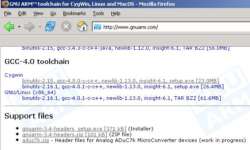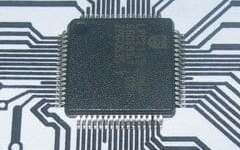First LPC2148 ARM7 microcontroller test – led blink

This is simply a led blinking routine using my development board. The compiler I used was WINARM. I like this compiler because it’s free, and adaptation is easy while the same functionality is in WINAVR. This simple test blinks pin 16 of port 0. This I used when I first got to know ARM microcontroller. Here is the main code: All project files and compiled hex file is in LPC2148.zip.








